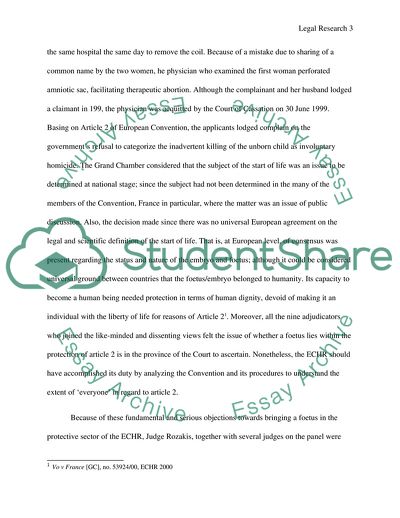Cite this document
(Legal Research Essay Example | Topics and Well Written Essays - 2250 words, n.d.)
Legal Research Essay Example | Topics and Well Written Essays - 2250 words. https://studentshare.org/law/1772436-legal-research
Legal Research Essay Example | Topics and Well Written Essays - 2250 words. https://studentshare.org/law/1772436-legal-research
(Legal Research Essay Example | Topics and Well Written Essays - 2250 Words)
Legal Research Essay Example | Topics and Well Written Essays - 2250 Words. https://studentshare.org/law/1772436-legal-research.
Legal Research Essay Example | Topics and Well Written Essays - 2250 Words. https://studentshare.org/law/1772436-legal-research.
“Legal Research Essay Example | Topics and Well Written Essays - 2250 Words”. https://studentshare.org/law/1772436-legal-research.


